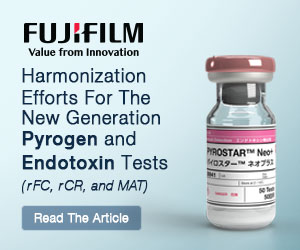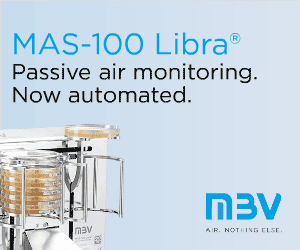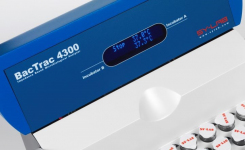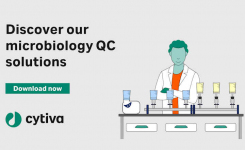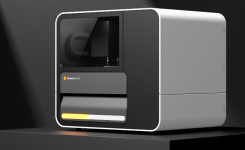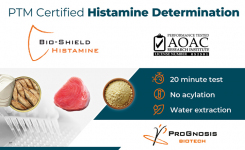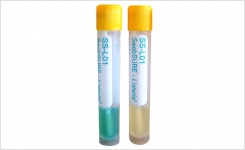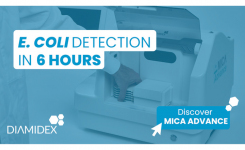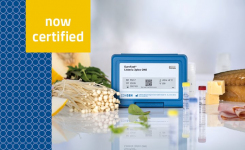| The BAX® system is a breakthrough genetics-based screening method that detects target bacteria in raw ingredients, finished food products and environmental samples. The automated system, which takes little space and looks like a desktop computer, has been available since November 2000. More than 200 BAX® systems already are in use by governments, food companies and laboratories in 30 countries. The BAX® system is distributed by Thermo Scientific in Europe and Australia.
FSIS adopted the BAX® system to screen for Salmonella in ready-to-eat meat, poultry and pasteurised eggs after an evaluation determined that the DuPont system was as sensitive as the current method of detecting Salmonella, but reduced reporting time by at least three days. According to FSIS Under Secretary for Food Safety, Dr. Elsa A. Murono, "This new screen test will save valuable agency time and resources that can then be applied in other ways to protect public health." FSIS already has adopted the BAX® system for Listeria monocytogenes and is now evaluating it for detection of Escherichia coli (E. coli) O157:H7.
For more details please contact:
Carlene Simmons, Thermo Scientific
Tel: +44 (0) 1256 841144
Fax: +44 (0) 1256 329728
Email: leslie.bissell@thermofisher.com or visit www.oxoid.com.
Background to Salmonella:
Salmonella is a serious food pathogen. If a small number of bacteria are present in a food, they will multiply unless it is chilled.
The Food Standards Agency, UK, reports that Salmonella is the second most common cause of food poisoning after Campylobacter. It has been found in unpasteurised milk, eggs and raw egg products, meat and poultry. It can survive if food is not cooked properly. Although thorough cooking will kill the bacteria, cross-contamination of ready-to-eat foods can occur through contaminated utensils and hands. Cross-contamination is one of the major causes of food poisoning.
Each year, approximately 40,000 cases of salmonellosis are reported in the United States and in 2001 nearly over 16,000 cases were reported in the UK. People infected with Salmonella should be particularly careful with personal hygiene because they could infect another person who comes into direct contact with them.
|


